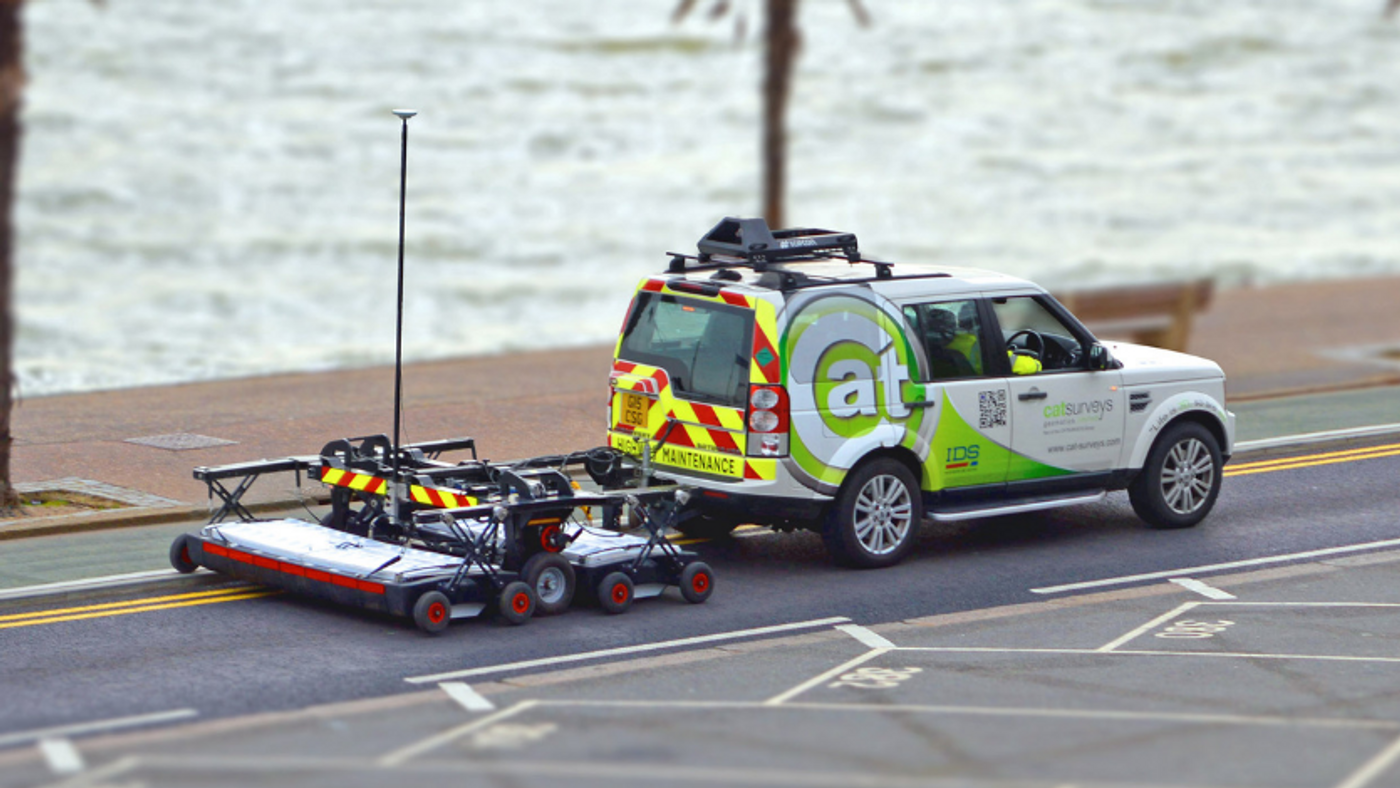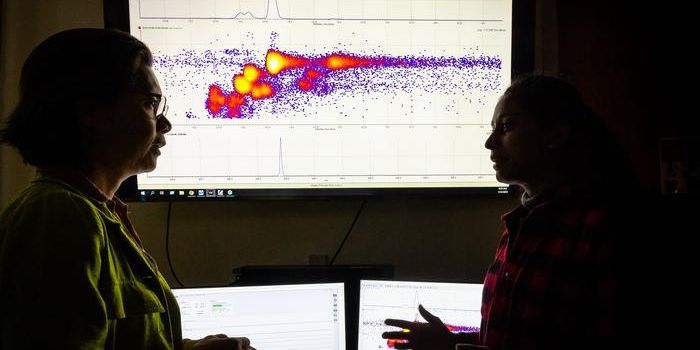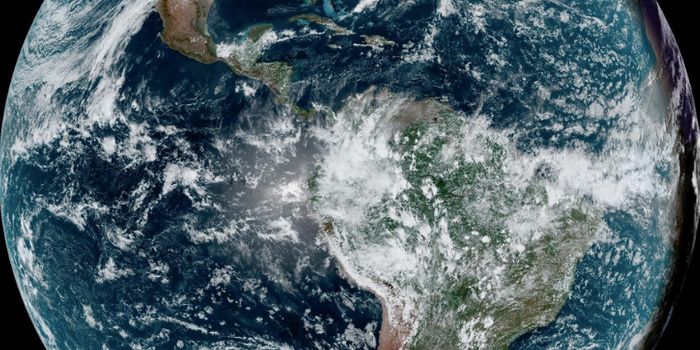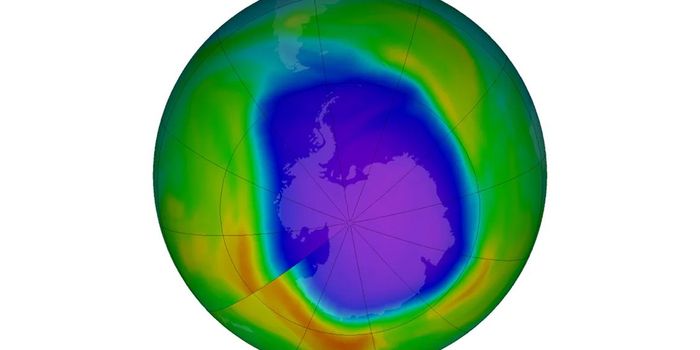Autonomous Vehicle Tech Part II: Weatherproofing
Currently, self-driving cars rely on a combination of different technologies such as digital cameras, pulsed laser scanners (LIDAR), GPS, traditional radar and an optical sensor to "see" the lane marking and road surface.
Unsurprisingly, a major drawback for all optical instruments is the visual obstruction, most commonly by weather-related elements. Imagine an autonomous car is driving at the speed of 60 m/h on a highway, how would it respond to sudden heavy rainfall, sand or snow storm? The failure of its optical instruments to keep the vehicle in the correct lane could mean a crash, injuries, and even death.
WaveSense, a startup company founded by researchers from MIT's Lincoln Laboratory, has worked out a technological solution. Comprising a patented algorithm and a sight-enhancing system known as the ground penetrating radar (GPR), they promised that the self-driving vehicle equipped with their product would go "blind" in bad weathers.
Similar to the well-established LIDAR system, which shoots the target with a pulsed laser and measures the reflected pulses with a sensor, GPRs emits and captured reflected high-frequency radio waves pulse to create images. But unlike LIDAR or traditional radars, the system has the ability to penetrate the road surface and look underneath.
GPRs have numerous applications. As a popular tool in geology, a GPR can provide researchers and surveyers insights into underground components and structures without digging up the surface. Using a GPR on Chinese lunar rover Yutu, scientists investigated the structure of lunar soil as deep as 30 meters (98 feet) under the surface. This versatile system is also often used in forensic and archeology investigations.
The frequency of the radio wave emitted by GPRs usually ranges between megahertz (MH) to tens of gigahertz (GH). Higher frequency means better resolution but poor penetration, while lower frequencies can see deeper under the surface with a weak resolution.
WaveSense's technology draws a perfect comprise: it uses a 100-400-MHz system that can scan 6-10 feet deep underground when mounted underneath a self-driving car. It works perfectly at highway speeds and even with a layer of mud on it. However, WaveSense system does not work alone, but hand-in-hand with the car's GPS to generate accurate location-correlated path imagery.
As stated in the company press release last August, their ground penetrating radar-based technology can "determine car's exact location in five-dimensional space" (three dimensions, plus time and the underground), which can lead to an improved navigation precision and the lane-keeping ability of autonomous vehicles in adverse weather conditions.
Enabling Autonomous Vehicles to Drive in the Snow with Localizing Ground Penetrating Radar (MIT Lincoln Lab)
Source: Motor Trend/Techxplore









